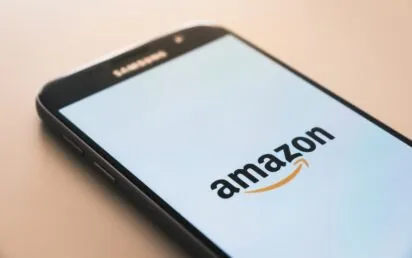One of the most surprising and widely followed business news stories of 2022 so far has officially come to a close: Amazon’s lengthy battle with the payments provider Visa within its UK market.
In November 2021, the world’s largest e-retailer had announced plans to suspend the use of Visa credit card payments on its UK site, attributing the move to the high processing fees imposed by Visa which are absorbed by both Amazon and by customers.
The move caused widespread shock, with many consumers expressing concern that they could no longer shop online using their Visa cards. Given that Visa captures by far the largest market share in the UK payments sector, the announcement was taken as a potentially seismic shift in power relations between Amazon and the providers of its vital payments infrastructure.
However, after weeks of tense discussions between the two massive companies, Amazon recently announced a U-turn, confirming that UK consumers could continue using their Visa credit cards on the site beyond the initial 19 January deadline.
Of course, it is worth noting that Amazon has not declared the issue to be settled and has instead headed into “detailed discussions” with Visa to negotiate a new payments regime. So, was this a whole lot of fuss over nothing?
It turns out the epic Visa-Amazon struggle can tell us a lot about business success and customer service in 2022. Amazon had likely anticipated an easy win, thinking that it could afford to drop Visa and that its UK customers would simply switch to a different payment method.
However, the massive outcry from customers after the initial announcement proved otherwise. This is a stark reminder of the importance of consumer choice, especially with any business that provides its services exclusively online.
If Amazon had paid closer attention to the sectors that consider payment platform choices as essential to their profitability, it could have foreseen this resistance.
Take, for example, the retail sector, which has gone all-in on expanding its range of payment options in order to attract more customers. This is exactly why shoppers in the UK can now pay for their groceries with dozens of payment options, including some novel, new platforms such as Klarna or Monzo.
Meanwhile, you can even pay for your daily transport in the UK with a huge range of payment platforms. For example, if you are using the Tube in London, you can use Visa and Mastercard for contactless payment, as well as PayPal and Google Pay for instant ticket purchases at the turnstiles.
Given the huge importance that all of these industries place on freedom of choice for payment methods, it makes more sense that Amazon climbed down in its battle with Visa.


